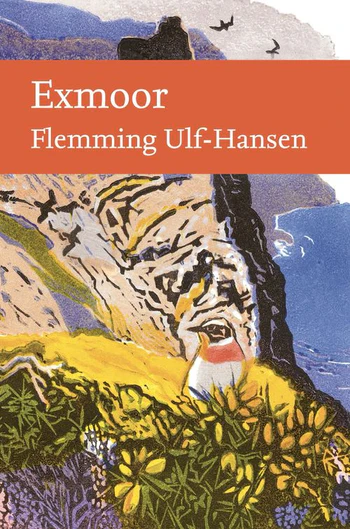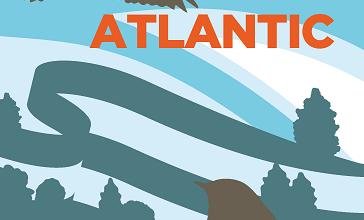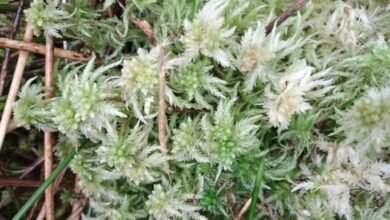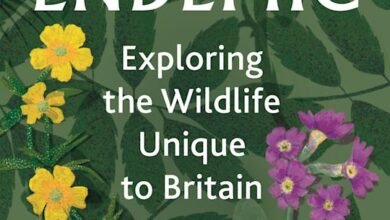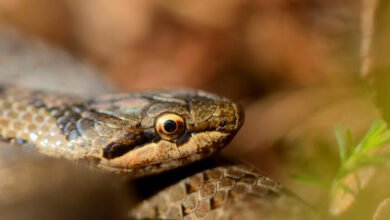
This New Naturalist of 530 pages is about one of the three upland National Parks in southwest England – you get a better view of the sea (and, on a clear day, of Wales) from this one than from the other two and it has the distinct advantage, from my biased point of view, of being largely in Somerset. But, quite honestly, and the author does touch on this, Exmoor is not exceptional in terms of its wildlife (or scenery, or cultural history?). That doesn’t mean that it can’t have, or doesn’t deserve, a large book about it but it does make the task more difficult for the author, I reckon.
The book discusses matters by land use and/or habitat chapters dealing with, for example, streams, rivers and lakes, bogs and mires, heaths and commons, woodland, the coast and farmland (predominantly pastoral). But it was the chapters of a more holistic nature on the influence of people (Chapter 3) and conservation (Chapter 10) that grabbed me the most as these truly make Exmoor different from other areas. They give interesting context to what one can see on Exmoor today and what one might see tomorrow.
I remember, as a teenage school boy, being taken in a minibus with other schoolmates to walk up to Dunkery Beacon in the dark and wait for dawn and the first bird song. I vaguely remember that Skylark was the first bird that we heard but I think (though I’m honestly not sure) that we also heard Red Grouse before we walked down, and through woodland which ought to have had Redstart and Pied Flycatcher (but I can’t recall) and having a treat of a cooked breakfast. That would have been in the early 1970s, at a time, this book helpfully tells its readers, when Merlin, Red Grouse, Black Grouse, Ring Ousel and Woodlark were all moorland birds there – all have now gone. Climate change must be part of the reason for the first four species (all of which were at or near the southern edge of their ranges) but that doesn’t fit with Woodlark and it probably (my guess) is an important factor but not the only one for the first four species.
There’s not a lot said about climate change in these pages and New Naturalists tend to steer clear, it seems to me, of any vaguely controversial matters. I noticed that few words were devoted to Pheasant releases (even though they are at high densities here) and to stag hunting (maybe because it couldn’t possibly happen these days because it is illegal?).
I drove across Exmoor recently, in a leisurely fashion and on a sunny non-weekend day. We don’t have heathery hills in Northamptonshire so it was a change but there was an awful lot of bracken and the Red Kite did make me think of that conservation success story but I can see them from my garden most days.
The author has done a solid job in bringing together a wealth of information about this National Park but I don’t think I’ll be rushing back, though I may pick up this book every now and again instead.
The cover? Whilst, in general, it is impossible not to miss Robert Gillmor, the New Naturalist covers by Robert Greenhalf lessen that pain and I’d give this one 8/10.
Exmoor by Flemming Ulf-Hansen is published by William Collins.
[registration_form]
Source link
